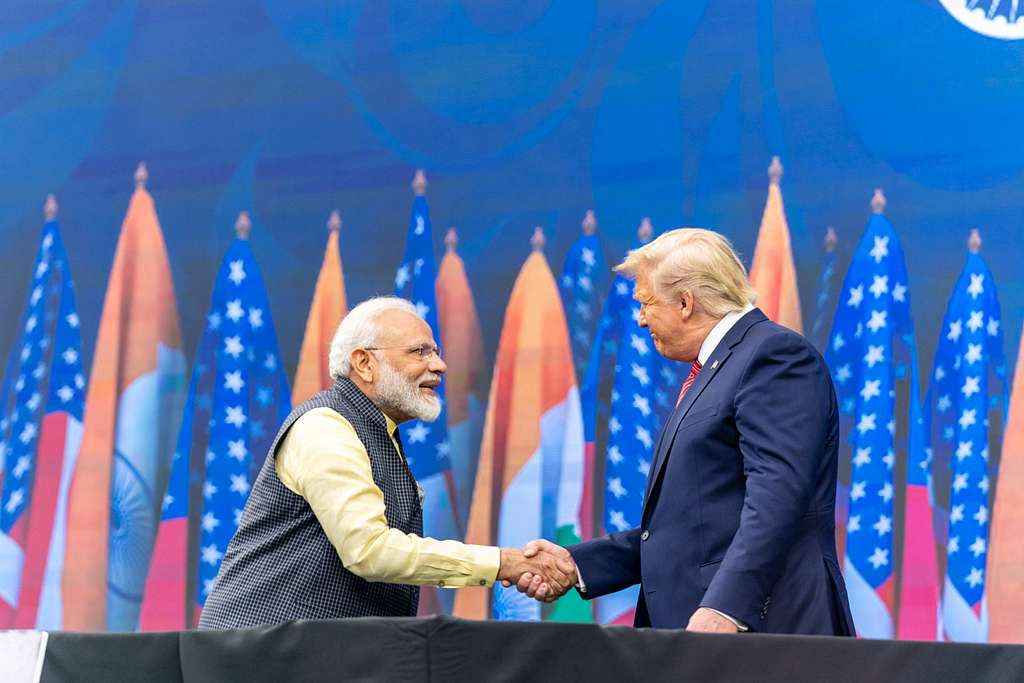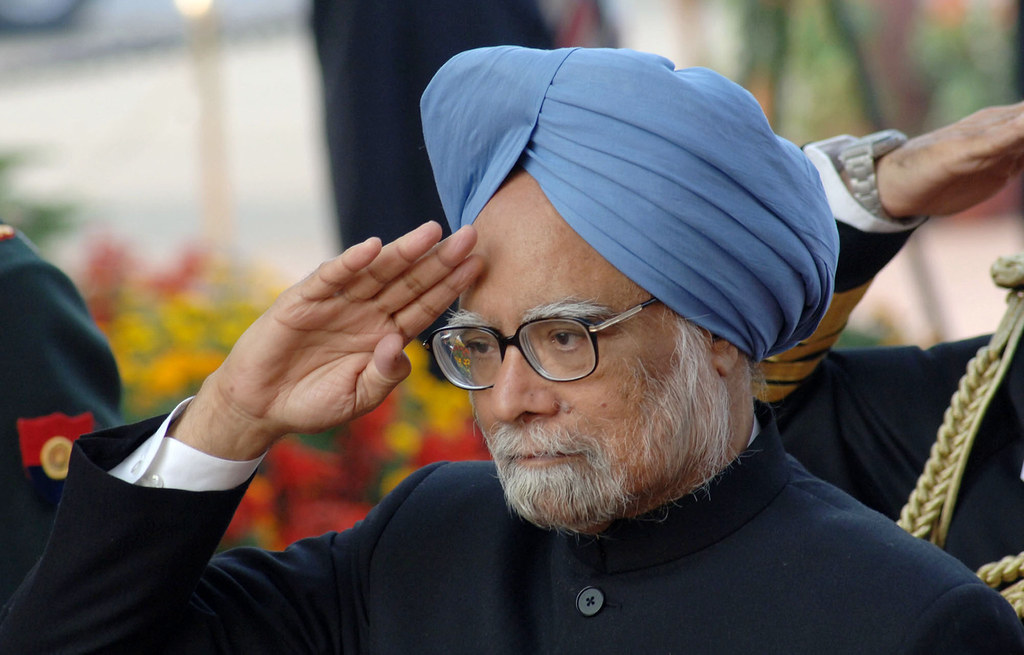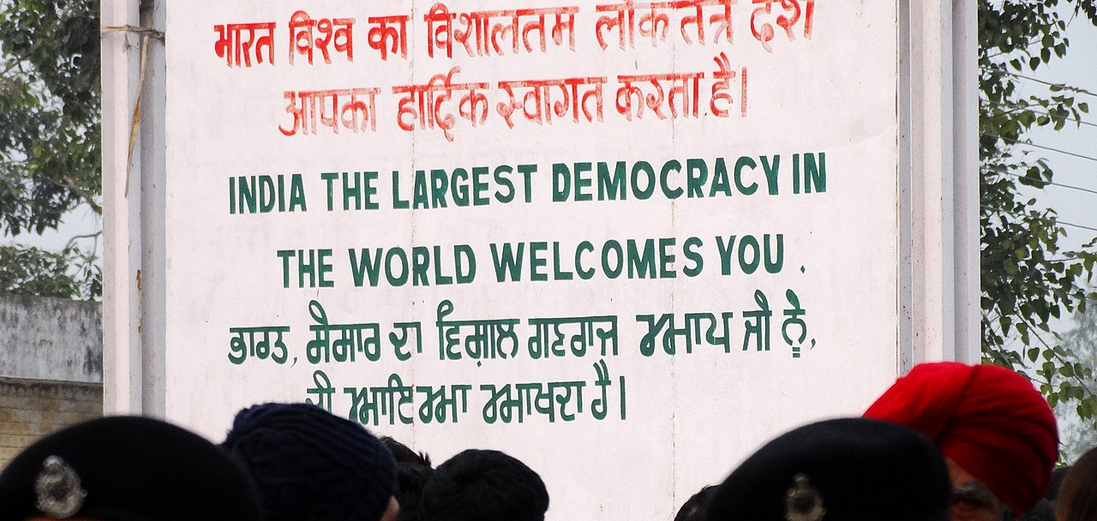Of all the data points that reveal the contrasting fortunes of the Bharatiya Janata Party (BJP) and the Congress over the last decade, here is the most striking: The BJP won 78.4 million votes in 2009, but as many as 229 million votes in 2019 while the Congress won 119 million votes in 2009 and 119.4 million votes in 2019. In effect, while the BJP votes have almost tripled, the Congress votes have remained static, indicating a stark failure to attract new or floating voters. Which is why the ambitious Kashmir-to-Kanyakumari Bharat Jodo Yatra (Unite India march) is perhaps a final chance for the Grand Old Party to restore a lost connect with the voter before the general elections.
Rewind to 2009, the last time the Congress bested the BJP in a national election. The Congress was on an upswing, winning 206 seats, its best tally since the landslide of 1984. The BJP, by contrast, was down and almost out, winning just 116 seats, its lowest tally since the party’s breakthrough election of 1991. Success can breed complacency: The Congress mistakenly concluded that the 2009 mandate marked a return to an era of dominance when the verdict was only another opportunity to build for the future. By contrast, the loss was a wake-up call for the BJP, a realisation that the Atal Bihari Vajpayee-LK Advani era was drawing to a close.
Which leaves open the question: If the BJP could recover from the debris of 2009 to achieve its first parliamentary majority in the space of just five years, what stops the Congress from similarly bouncing back? The answer lies in the three key elements any party needs to script a revival: A strong message, an inspirational messenger, and a robust organisation.
Between 2012 and 2014, the BJP discovered all three. The message of providing stable, corruption-free governance resonated among voters fatigued by high inflation, scam charges, and the compromises of coalition politics. In Narendra Modi, the BJP found a messenger whose persona as an aggressive communicator and muscular doer neta was in contrast to Manmohan Singh’s docile public profile. While in the Rashtriya Swayamsevak Sangh (RSS) and the Sangh Parivar, the BJP had the enthusiastic cadre to ensure last-mile connectivity.
In the last decade, the Congress struggled on these fronts. It has been unable to enunciate a coherent message that can compete with the BJP’s Hindutva hyper-nationalism plank. As Sonia Gandhi candidly admitted in 2018, the BJP has managed to convince a large number of people that the Congress is a “Muslim party”.
The BJP’s other great success lies in mocking Rahul Gandhi by calling him pappu, a campaign designed to ridicule the Congress leader as an entitled naamdar (inheritor) who is unfit for politics. The credibility deficit has been perhaps most acute among the younger, social media savvy, demographic: The Lokniti post-poll survey in 2019 revealed that the gap in popularity between Modi and Gandhi was the highest in the 18 to 21 age group.
And finally, the Congress has been unable to reboot itself organisationally. As an umbrella party for decades, the Congress perhaps never felt the need to nurture a cadre even remotely equivalent to the saffron brotherhood. Moreover, a centralised high command culture inhibited the emergence of strong state leaders. Ahead of the 2019 elections, a Congress leader disclosed that over 250 Congress district units were non-functional.
So, what is the solution to the gravest existential crisis faced by the Congress? Message clarity beyond anti-Modism is the first step. If the Congress claims to stand for Bharat Jodo, then it must explain what the slogan means in reality, and not just as a catchword. Notions of income equality and social harmony need to be fleshed out beyond just the familiar attacks on Adani-Ambani or the RSS.
The Congress must provide a clear vision of its alternative economic agenda or the attacks on big business will prove counterproductive. If social harmony is a rallying cry, then it must be an article of faith and not convenience: Short-term alliances with religious clerics such as Maulana Abbas Siddiqui must be abandoned.
Second, the Congress needs an inspiring messenger. Rahul Gandhi still appears a reluctant leader, his “yatra as tapasya (meditation)” messaging is a half-hearted stab at ersatz Gandhism, hardly likely to enthuse party workers who are desperate for a political comeback. Leadership is about team motivation and not family privilege, about consistent action and not ad hoc involvement. Either Rahul Gandhi leads unswervingly from the front or makes way for someone who has the appetite for a fight.
Finally, there is no path to political rejuvenation other than mass connect. This requires a massive organisational shake-up. One of the biggest reasons for the BJP’s success in recent years has been the efficacy of its booth-driven model: Its booth committees and panna pramukh (block leader) volunteers are at the heart of the election machine. The Congress might justifiably argue that it doesn’t have the resources or institutional support. But if the Aam Aadmi Party can run such an energetic campaign in Gujarat, where it was practically non-existent till a few years ago, what stops the Congress from getting its act together? Finding excuses for sheer lethargy is no longer an option.
Post-script: At the Congress’s recent mehngai pe halla bol (raise your voices against price rise) rally, the focus was ostensibly on rising prices. But restive workers kept shouting for Rahul Gandhi to take over as party president. In the next few weeks, the Congress must decide: Is the Bharat Jodo Yatra about redefining the party’s message or relaunching the party’s star messenger?
Rajdeep Sardesai is a senior journalist and author
The views expressed are personal





































































































































































